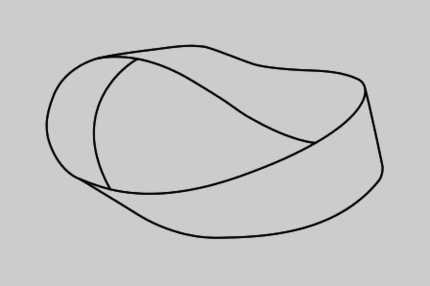Lectures / 17/08/2009 7:30 pm
Body?
The Power of the Genes. Aging
Modern science has identified the most important stages of human aging: driving licence at 18, sex at 20, heaps of money at 30, even more money at 60, and at 80: the driving licence is still there as is the sexual prowess.
So far, so good: but wasn’t one of the things that you’ve always wanted to know why we age in the first place and what changes take place in our bodies as we do so? How do you account for tortoises that live to be 170 on the hand and for dayflies on the other, which, no matter how much yoghurt they eat or how long the jog, are barely able to survive for longer than one day? Why has no human being yet lived to 150 years? Is it only a matter of time until someone breaks the mould? What does modern biomedicine potentially have in store for those who refuse to come to terms with their own mortality?
With a broad grin and a knowing wink Markus Hengstschläger talks about stem cells in milk teeth, liposuction, a longer but hungrier life, spare parts for human bodies stored in animals; about why sex life may finally come to an end and what we can do in our extreme old age to retain an awareness of the stage we have reached. Hengstschläger’s presentation roughly follows the visionary motto: our chances as we fight age related decay with tooth and nail have increased dramatically since we learnt to grow both in the lab.
continuative Links:
Bibliography:
- Hengstschläger, Markus: Die Macht der Gene, Ecowin Verlag, 2006
- Hengstschläger, Markus: Endlich Unendlich, Ecowin Verlag 2008
